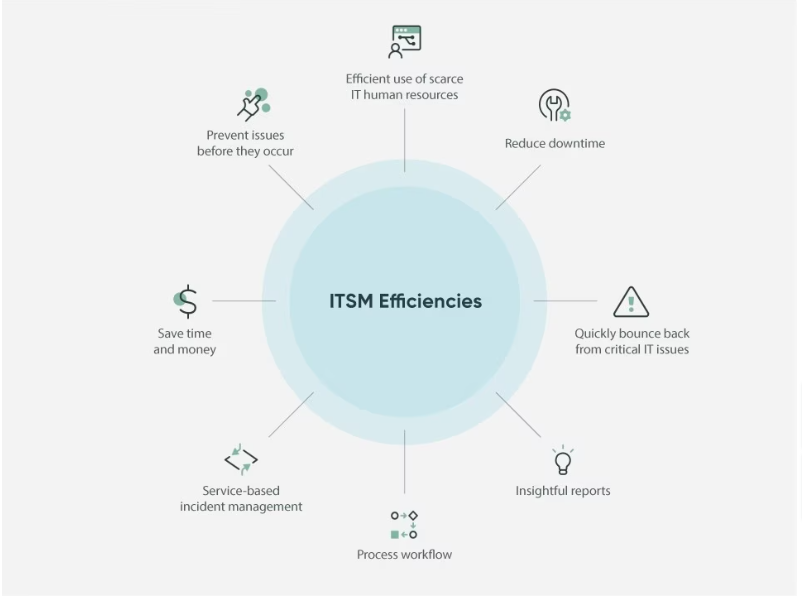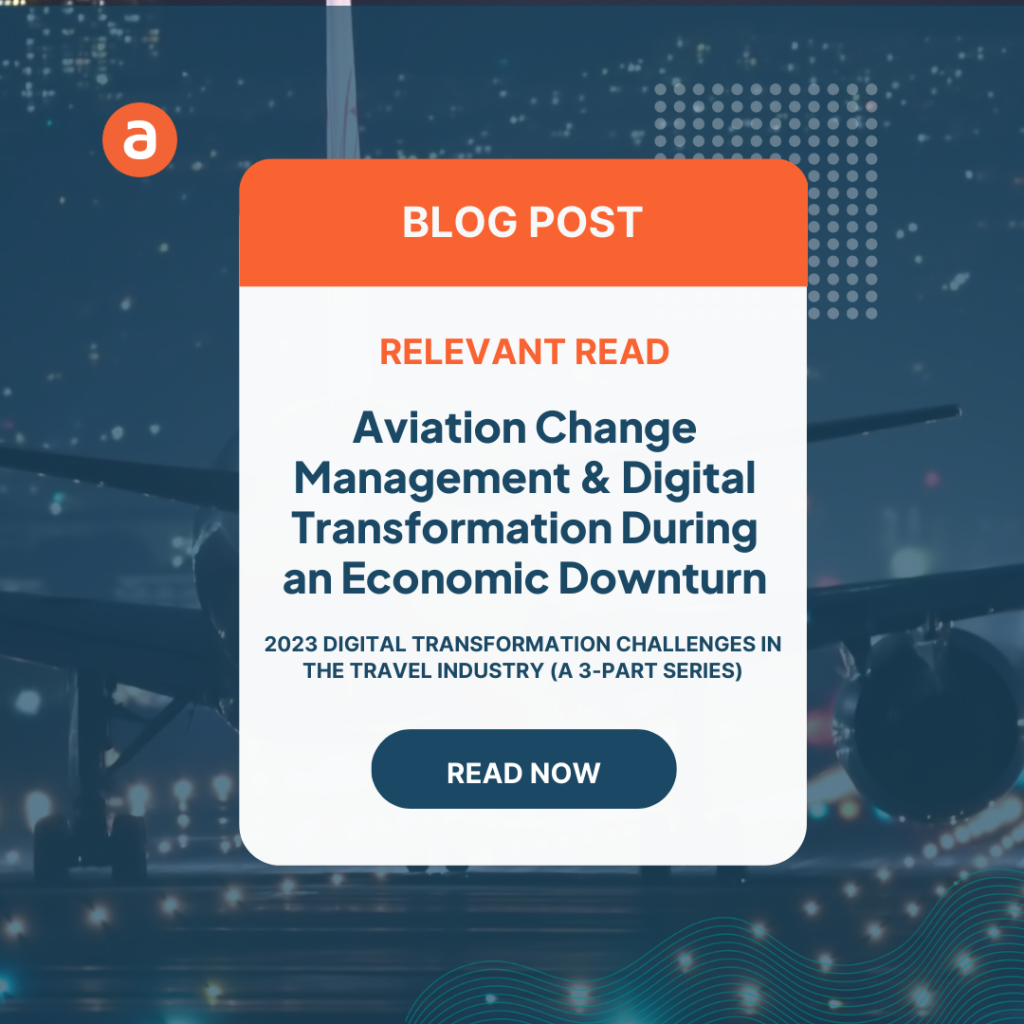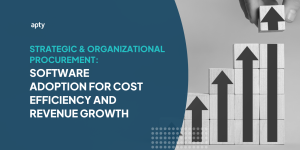2023 Digital Transformation Challenges in the Travel Industry (A 3-Part Series)
The Airline industry is a fascinating subject to follow, especially regarding the various software system trends. Most airlines are adopting new digital technologies in their operations and customer experiences.
Here’s the thing about air travel: it can be an exciting and beautiful experience, but also often a stressful and demanding one. That’s why airlines need to have enterprise software systems that help them manage their duties more effectively.

After all, when you’re dealing with a lot of things at once (like multiple passengers, various flight schedules, baggage handling, and cargo handling), you need to be able to manage everything on a superior level. And because this is just an area where people are willing to spend lots of money on the newest technology available, there are quite a few enterprise software solutions available today that will help airlines keep up with customer needs while providing greater accuracy in terms of booking tickets while letting managers keep tabs on everything from employee performance to company inventory levels.

In the first blog, “The Digital Transformation Evolution of the Airline Industry.“, we explored the evolution of the airline industry’s digital transformation. Building on that, this blog will take a closer look at the six leading aviation systems that require consistent development and the top aviation software solutions expected to dominate the industry in 2023. Specifically, we’ll delve into the top airline customer relationship management (CRM) platforms, enterprise resource planning (ERP) platforms, human resources information systems or human capital management (HRIS/HCM) platforms, IT service management (ITSM) platforms, project and portfolio management (PPM) tools, and other airline software solutions.
By understanding the latest and most effective airline business software solutions, airlines can improve their operations and enhance the passenger experience.
The Latest Airline Business Software:
Airline Business Software supports various business operations, such as reservation management, flight scheduling, revenue management, and maintenance tracking. It is a pivotal component of the airline industry, helping airlines to manage their operations and enhance the passenger experience
The 6 Leading Aviation Systems Requiring Consistent Evolution
- Airline Management System (AMS): A comprehensive software suite that helps airlines manage their fleets and personnel and tracks financial performance. AMS can help airlines track and analyze customer data, manage ticketing, and fare structures, and provide customer service.
- Air Traffic Control (ATC): This software manages air traffic, monitors airspace, and coordinates communication between air traffic controllers and pilots. This software can provide safe, efficient, and accurate air traffic control services.
- Flight Management System (FMS): Airlines use this for route planning, navigation, and operation. This system helps pilots and airlines to find the most efficient routes and optimize flight operations. The FMS also plans and manages flight operations and monitors fuel consumption.
- Reservation System (RS): Airlines use this to manage their bookings, reservations, and schedules. It allows passengers to book flights and manage itineraries through the airline’s website or mobile app. Reservation systems also handle ticketing, seat assignments, and other related tasks. Some examples of Reservation System software used by airlines include Amadeus, Sabre, and Travelport.
- Navigation System (NS): The pilot uses it to navigate the aircraft during the flight. It uses a combination of GPS, radio beacons, and other sensors to determine the aircraft’s position, altitude, and heading. Navigation systems also provide pilots with information on weather conditions, airspace restrictions, and other factors that can affect the flight. Examples of Navigation System software used by airlines include Honeywell, Collins Aerospace, and Thales.
- Flight Planning System (FPS): Airlines uses to plan and optimize their flight routes. It takes into account various factors such as weather conditions, airspace restrictions, fuel consumption, and other factors to create the most efficient and safe flight plan. Examples of Flight Planning System software used by airlines include Jeppesen, Lufthansa Systems, and SITA.
The Leading Aviation Software Solutions in 2023

1. Top Airline Customer Relationship Management (CRM) Platforms:

Source: Sabre

a) Salesforce: helps businesses manage their customer relationships. It offers a variety of features, including customer data management, sales automation, marketing automation, and customer support. Salesforce is one of the most popular CRM software on the market to be used by many major airlines.
b) Oracle: offers a wide range of features, including customer data management, sales automation, marketing automation, and customer support. Oracle is known for its scalability and flexibility.
c) SAP: helps businesses manage their customer relationships. It offers a variety of features, including customer data management, sales automation, marketing automation, and customer support. SAP is known for its reliability and stability.
d) Microsoft Dynamics: helps businesses manage their customer relationships. It offers a variety of features, including customer data management, sales automation, marketing automation, and customer support. It is also known for its ease of use and integration with other Microsoft products.
e) HubSpot: is a CRM software that helps businesses manage their customer relationships. It offers a variety of features, including customer data management, sales automation, marketing automation, and customer support. It is known for its robust feature set and affordable pricing.
2. Top Airline Enterprise Resource Planning (ERP) Platforms:


a) Oracle Aviation Cloud: is a cloud-based enterprise resource planning (ERP) software designed specifically for the aviation industry. Airlines, airports use the software, and other aviation-related businesses to manage their operations. It includes modules for finance, human resources, maintenance, and more. Virgin Atlantic Airways and American Airlines uses Oracle Aviation Cloud.

b) Airbus A350 XWB: is a wide-body aircraft equipped with an onboard computer that runs ERP software called myAircraft. This software manages all aspects of the aircraft, including maintenance, flight operations, and passenger services.
c) Boeing 787 Dreamliner: is a wide-body jet airliner developed and manufactured by Boeing Commercial Airplanes. It is known for its industry-leading technology, which has created remarkable opportunities for airlines around the world and dramatically improved the air travel experience.
d) SAP: offers a comprehensive suite of airline applications, including solutions for passenger travel and leisure, aerospace and defense, procurement, and more. These solutions help airlines manage their business processes enterprise-wide and support digital transformation efforts.

e) Amadeus: is a leading provider of technology solutions for the airline industry. They work with airlines to simplify and streamline their operations, making it easier for them to manage and grow their business while delivering great traveler experiences. Amadeus is one of the world’s top ten travel technology companies, with a team of more than 16,000 people in over 190 countries.
f) Sabre: is a global technology company that provides software and services for the airline industry to the travel industry, including airlines, hoteliers, and travel agencies. It is North America’s most prominent global distribution systems provider for air bookings.
g) Travelport: is a global technology company that powers bookings for hundreds of thousands of travel suppliers worldwide. It offers a cloud-based solution called Smartpoint Cloud which makes it easy to use and deploy. It can be accessed via a PC or Mac browser, needs no installation or maintenance, and without any downloading, gets updated.
h) Awery ERP: is a web-based aviation management software that offers tailored business cycle solutions for commercial and cargo airlines, private operators, freight forwarders, cargo agents, aviation service providers, air charter brokers, and on-board couriers. It is a complete integrated platform that manages main aviation business processes such as sales, operations, finance, and HR, increasing productivity, reliability, and efficiency. Awery ERP is highly flexible and customizable, developed closely with aviation professionals.
3. Top Airline Human Resources Information Systems or Human Capital Management (HRIS/HCM) Platforms:

a) Amadeus Altéa Suite: is a software suite designed for airlines’ sales and reservations, inventory management, and departure control system. It is a full-passenger service system that provides unique and integrated solutions to airlines.
b) Sabre Airline Solutions: is a software company that provides software solutions for the airline industry. Their solutions portfolio covers various areas of aviation and helps airlines operate more efficiently, drive revenue, and offer personalized traveler experiences.
c) Travelport Galileo: Galileo is a computer reservations system (CRS) owned by Travelport, which books airline reservations, train travel, cruises, car rental, and hotel rooms. Travelport also offers assisted ticketing capabilities to Galileo users.
d) IATA: is the world’s largest trade association for the airline industry. It represents around 300 airlines, which account for 83% of total air traffic. IATA also provides various software products and services to its member airlines. It supports various areas of aviation activity and helps formulate industry policy on critical aviation issues.
e) Aircraft Maintenance and Component Tracking (AMCT): This software solution helps airlines track maintenance information for their aircraft fleet. AMCT is used by several major airlines, including United Airlines, American Airlines, and Southwest Airlines.
4. Top Airline IT Service Management (ITSM) Platforms:

Source: servicenow.com

a) ServiceNow: is a cloud-based ITSM software that offers a wide range of features, including incident management, problem management, change management, and asset management. The software helps businesses improve their IT operations and reduce costs.
Relevant Read – ServiceNow Change Management: The Complete Guide
b) BMC Remedy: is an on-premise ITSM software that is designed to enable an autonomous digital enterprise and includes features such as automation, service management, DevOps, workflow orchestration, AIOps, and security. BMC also offers cloud based ITSM solutions such as BMC Helix Remedyforce.
c) CA Service Desk Manager: is an IT service management solution that provides change management, automation, and incident management features. It is part of the CA Service Management suite, a robust enterprise-class IT service management solution.
d) HP Service Manager: is an IT service management tool that uses the ITIL framework to provide a web interface for corporate changes, releases, and interactions. It is a cloud-based help desk management solution that helps businesses handle change and incident management.
e) IBM Tivoli Service Request Manager: IT service management software offers a unified and integrated approach to dealing with all service requests to enable a “one-touch” IT service experience. The software provides log files that provide informational and troubleshooting data to assist with IBM Software Support.
5. Top Airline Project & Portfolio Management (PPM) Platforms:


a) Clarity PPM: is a cloud-based application that gives users real-time visibility into their portfolios that helps airlines optimize their operations and improve their bottom line. Clarity PPM’s management tool provides improved visibility into airline operations, enhanced decision-making capabilities, increased efficiency and productivity, and reduced costs.
Relevant Read – Solutions to Clarity PPM Challenges in the Airline Industry
Relevant Read – Case Study – Simplified Software Adoption for one of the World’s Largest Airline Companies (Creative needs to be done)
b) Jira: is a project portfolio management software that helps teams plan, track, and release work. The software offers a variety of features, including agile planning, issue tracking, and reporting. Jira Core, a component of Jira, provides project managers with tools to orchestrate projects and ensure that tasks are completed on time.
Relevant Read – Business Transformation Tools
Relevant Read – Simplify Training for Your Homegrown Applications
c) Alteryx: is a data analytics software company offering a cloud-based airline operations platform. The platform provides airlines with the ability to manage and analyze data in real-time, as well as create predictive models to improve operational efficiency. It also offers a number of other software products for airline operations, including an airport operations management system and a customer relationship management system.
d) Wrike: is a project portfolio management software that helps teams plan, execute, and track work. The software offers a variety of features, including task management, Gantt charts, resource planning, and reporting.
e) Asana: is a project portfolio management software that helps users manage multiple projects in one place, prioritize project work, and monitor work happening across multiple projects and teams.
f) Trello: is a project management tool that allows teams to track and manage tasks collaboratively and flexibly. It uses a visual interface that organizes projects into boards, with each panel containing lists of functions represented by cards.
g) Smartsheet: is a cloud-based platform for work execution that enables teams and organizations to manage projects, automate processes, and scale programs in one powerful platform. It offers a range of capabilities, including team collaboration, workflow automation, and dynamic work management.
h) Minitab: is a statistical software package that provides data analysis, statistical, and process improvement tools to help businesses understand their data and make better decisions. It offers various statistical tests, including t-tests, ANOVA, and regression analysis, and can also be used to create graphs and charts to represent data visually.
Other Airline Software Solutions:

Source: transparencymarketresearch.com

Source: altexsoft.com

These systems play a decisive role in the airline industry, and using such sophisticated technologies continues to evolve and improve, allowing airlines to operate more efficiently and effectively. As the aviation industry evolves, so does the software it uses. In 2023, several trends are expected to shape the industry’s software landscape. It includes increased use of automation, cloud computing, artificial intelligence, and data analytics. Adopting these enterprise software trends in the airline industry is expected to drive significant improvements in operational efficiency, customer experience, and profitability in the coming years.
The upcoming part 3 of a 3-part series blog, “Aviation Change Management & Digital Transformation During an Economic Downturn,” provides insight into how airlines can overcome these challenges and continue to innovate and grow in a changing industry. It explores the best practices for successful digital transformation in the airline industry.













